At the Arboretum we talk a lot about how to support pollinators with native plants because we are concerned about the sharp decline in their populations. However, frogs and toads have experienced sharp population declines as well, but without the fanfare and media attention. In fact, nearly one-third of the world’s amphibians are threatened or extinct. Perhaps it is the slimy skin, bulgy eyes and webbed toes that make us less sympathetic to their plight. Whatever the reason, we need to put it behind us and rally around these lovely little hop-alongs before it is too late!
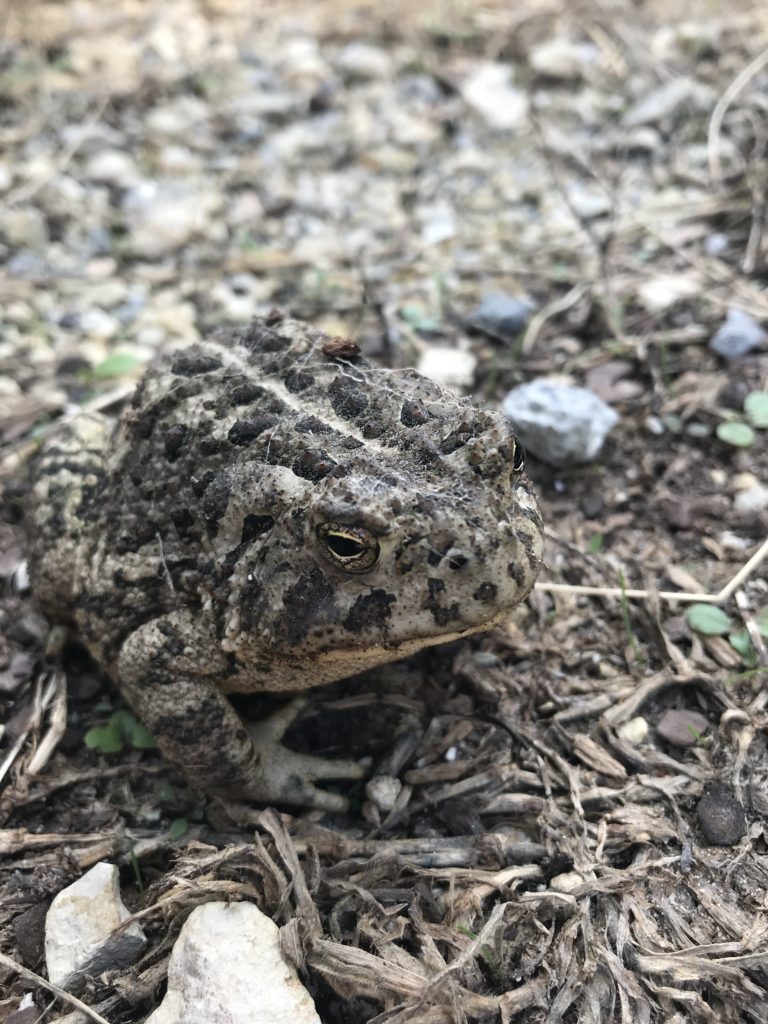
What is Making Them Croak?
Many factors have led to the dramatic declines in amphibian populations world wide. One prominent issue is habitat destruction and pollution. Amphibians are especially susceptible to these issues because their skin is part of their respiratory system. Even small amounts of pollutants in water systems can seep into their bodies through their permeable skin layer. Or, a change in the habitat such as logging or damming can change the humidity levels within a forest, making it uninhabitable for amphibians with very specific living conditions.
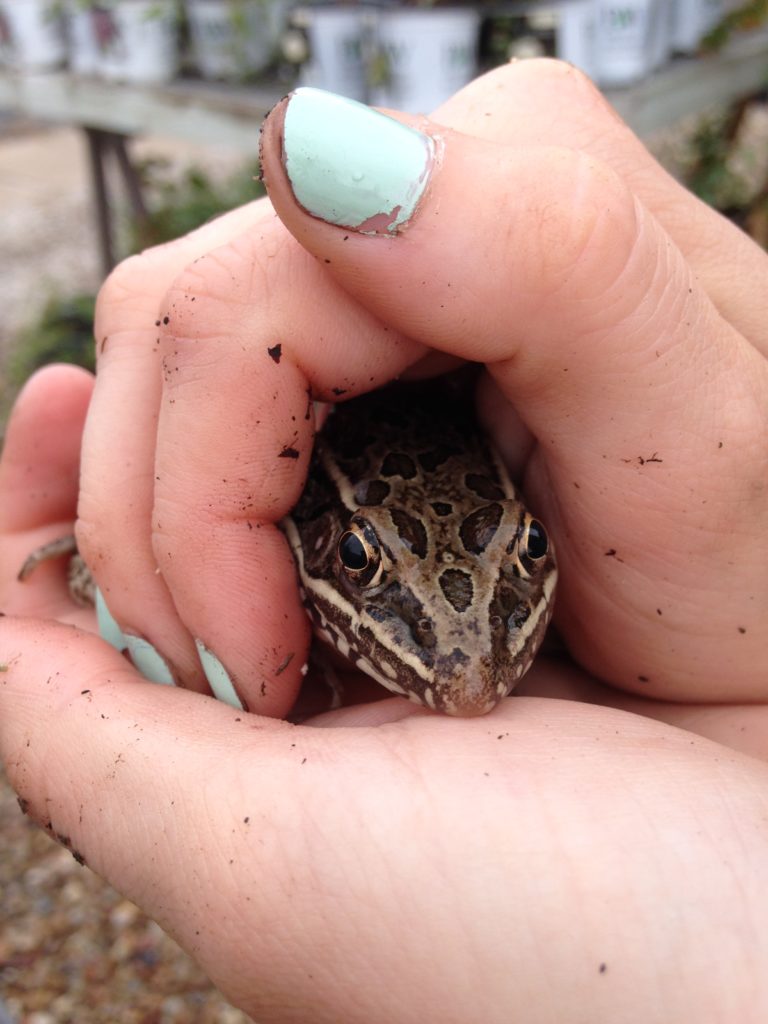
Create Habitat
Rain gardens are a great way to attract frogs and toads to your area. Amphibians are lovers of cool, damp places, such as the shaded banks of a rain garden, which provide ample shelter and attract a plethora of insects for a froggy buffet.
Catch the rainwater from your roof in a shallow depression, and plant the edges of the depression with water loving natives like marsh milkweed, cardinal flower, switchgrass, and Virginia iris. Visit our previous post for more info to start your own rain garden, or attend our Native Plant School class on rain gardens.
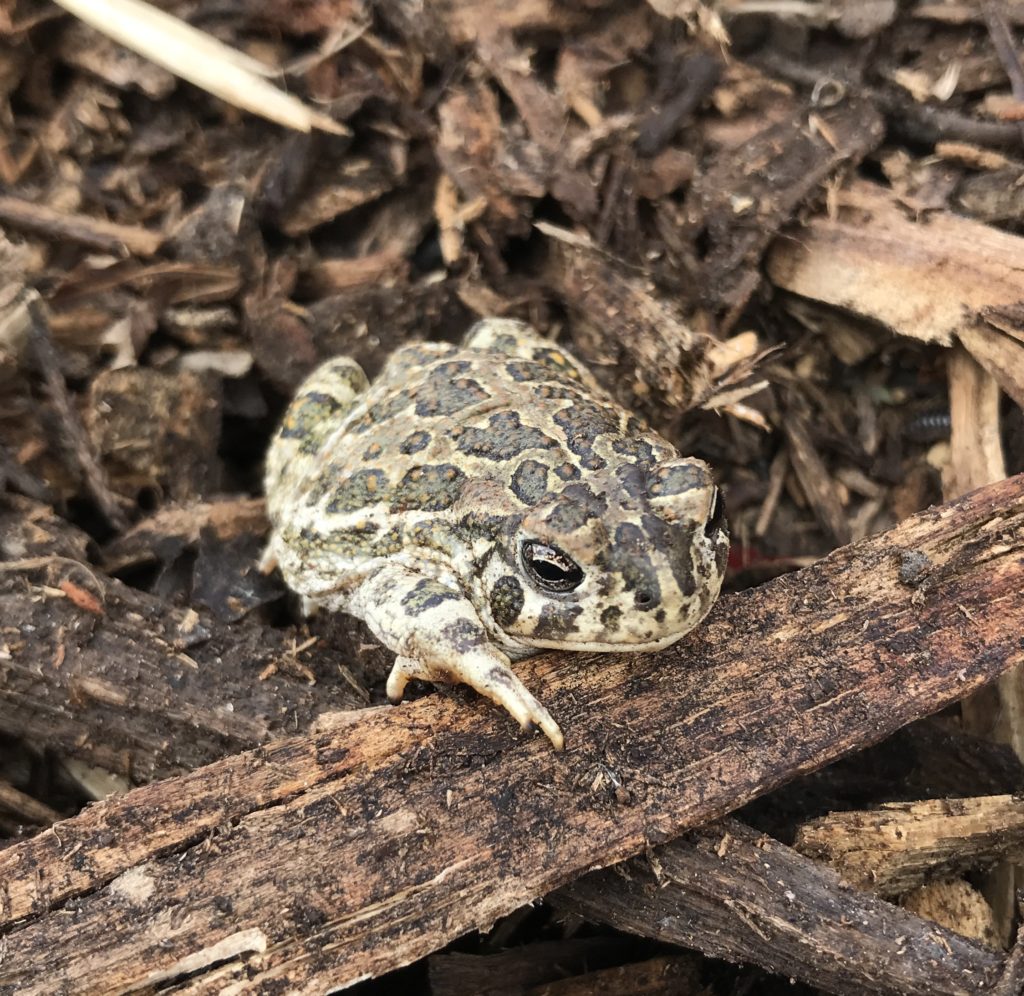
Fungus Among Us
Cytrid fungus is devastating the world’s frogs. While we haven’t yet pinpointed how and why the past ten years have seen such dramatic increases in cytrid fungus spread, we do know the pet trade has made the problem even worse. Exotic animals shipped from around the world bring with them exotic pathogens. This exposes native frogs to illnesses they never evolved to resist. Demand for exotic pets also hurts frog populations due to over harvesting specimens from their home country. All in all, it can be a sketchy business. Do your part by not keeping rare and endangered frogs as ‘pets’, and never release a ‘pet’ into the wild. When handling native frogs, leave them in the same area you found them to avoid potentially contaminating new populations.
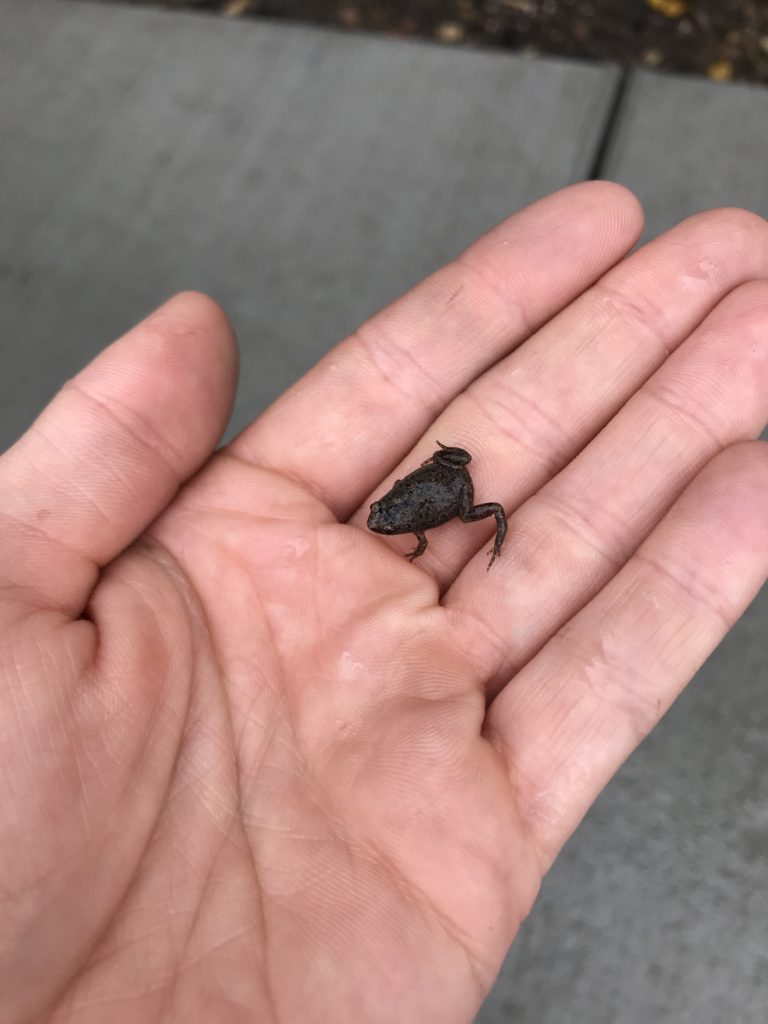
Eye on the Fly
While the frogs are watching flies, you can be watching the frogs! Be part of the citizen science effort to track frog populations with FrogWatch USA. Learn their calls, spend time outside, contribute to a nationwide science initiative — a fun way to spend spare time in the spring and summer!
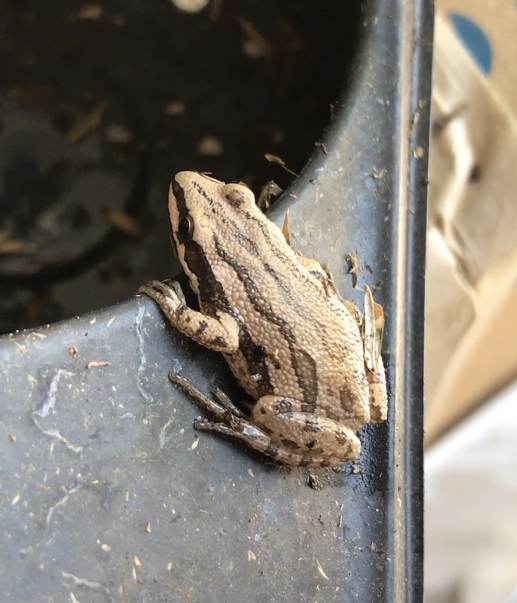
I hope to start my own rain garden this year in my side yard. If I get any froggy visitors, you can bet there will be a blog post about it!
